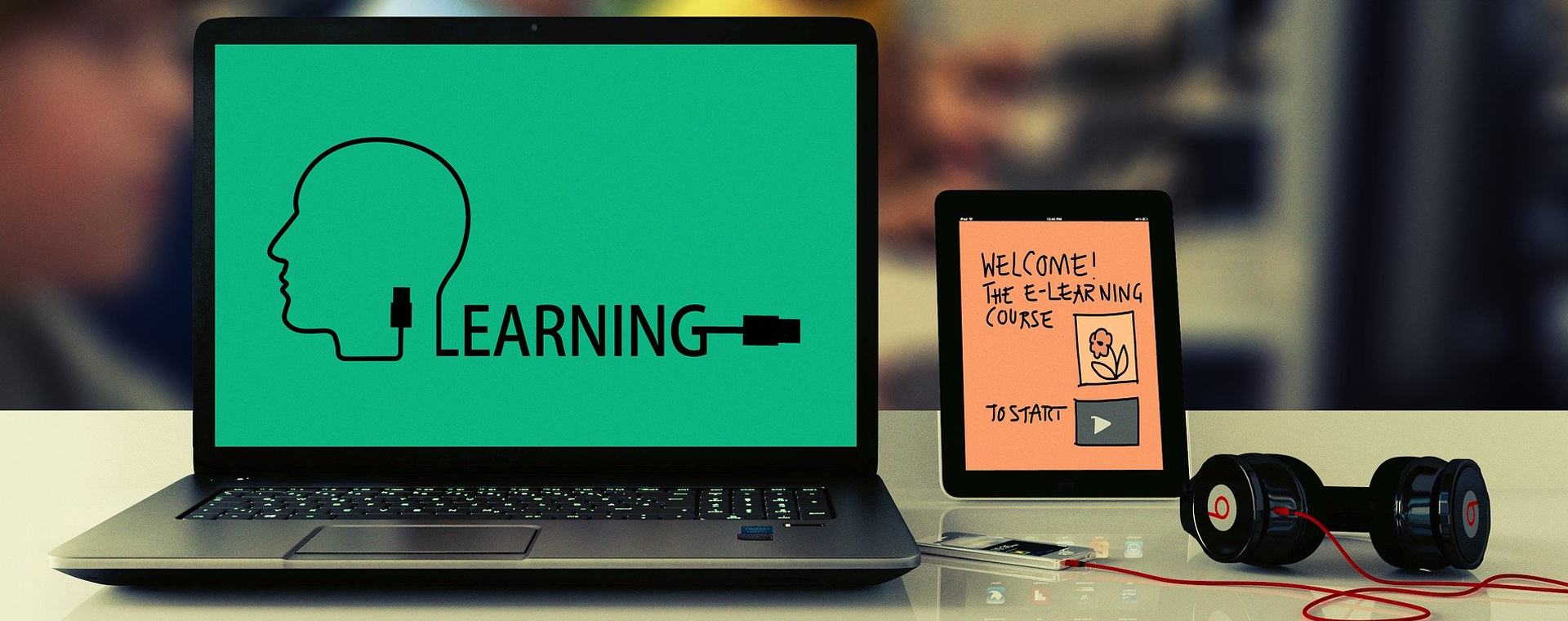Education is an important industry that determines the socio-economic, political and cultural health of any given society. It is an invaluable asset any right-thinking society must invest in. Day in, day out, the government, educators, Edupreneurs, technologists, parents, teachers and stakeholders must strive to see how education, its access and curriculum can be improved.
Read more about Tech
Education is an indispensable aspect of human society that must be given priority after food, shelter and healthcare. Little wonder, countries that place premium attention on education are investing billions of dollars in the sector.
More amazingly is the way education has been digitized. Today, the tech industry is worth more than $35 trillion with FinTech and MedTech leading. Nevertheless, companies and educational institutions globally are developing educational technology (EdTech) products for the past decades. Despite this, there is still a huge gap in the educational sector, especially in the area of accessibility and affordability.
In the pandemic, EdTech products were patronized and its percentage shot up to 200%. But in the cause of usage, there were so many flaws ranging from bugs to poor personalization and poor user-friendliness. Some designs were awkward and difficult to navigate. While there are still solid EdTech products, there are still existing gaps. In this article, we shall highlight four essential steps to building a better EdTech product.
-
Have A Definite Purpose For Your Product
Most EdTech products have vague objectives like “help students learn” or “improve remote learning.” The consequences of having vague objectives are that you will miss the mark as you will struggle to convince users why they should use your products. The best way to go about it is to be specific. For example, your EdTech product can help with specific curriculum and course instructions along with target lesson plans. Furthermore, your product can help diagnose student learning; that is evaluate student’s progress, which can make teachers adjust their lessons accordingly.
Sign up to the Connect Nigeria daily newsletter
-
Make Product User Friendly
One of the major reasons most students and teachers do not adopt the use of EdTech products is because of the problem with their user-friendliness. Some EdTech products are difficult to navigate. User experience (UX) is very pivotal during software app creation. It is even more important for EdTech. For example, a teacher teaching a class of 200 people can be very taxing and if there is a need for communication to exist between teachers and students, there is for the User Interface (UI) to be handy. Don’t expect users to use their intuition when designing your UX and UI. Invest in UI/UX team that can make the app accessible to all. Make sure that even a dummy can operate it. Furthermore, you can invest in making the app for those who are impaired.
-
Expand Compatibility
Another biggest mistake EdTech startups make is that they build for one kind of device. This can affect underserved students or underfunded institutions. One would expect that all users of your product should have access to high-speed internet and the modern device to use your product. However, that is not the reality. In many underserved and underfunded rural and even urban areas where many are still stuck with poor internet connectivity and old devices, it is important that when building your product it must have the capacity to run on various device types.
In some areas, some schools run bring-your-own-device (BYOD) policies, in which students are allowed to come with their own devices. These devices could be a desktop, laptop, android, iPhone – and your device should be designed in such a way that it can work on them all. Regarding high-speed internet, which is often not available in underserved areas, your product should be able to optimize its bandwidth connection. It is advised that you include the ability to manually sync data so the app doesn’t fail or time out on weak connections.
- Consult With Students, Educators And Teachers
This is the most crucial step you must take when building an EdTech product. It could be possible that you and your development and design team are not professional educators, but some random persons who want to create a solution to an existing gap in the educational sector, therefore, it is important to consult with educators, students and teachers. The truth is you and your teams are not the primary consumers of your product. User input is required at all stages of the project, especially during the UX and UX stages. To improve the learning experience, the contributions of stakeholders cannot be overemphasized.
Featured Image Source: Wise Qatar
Got a suggestion? Contact us: [email protected]


